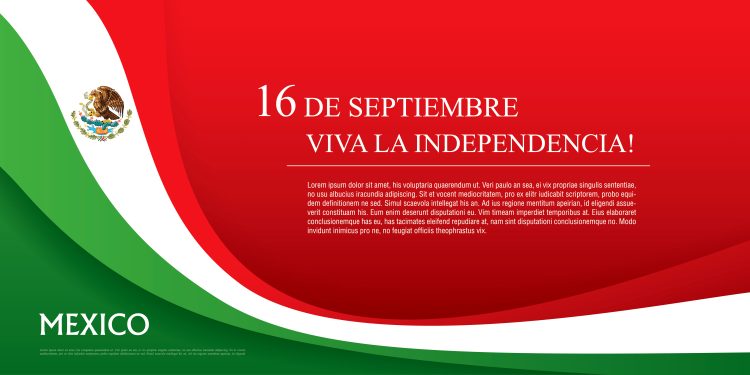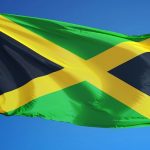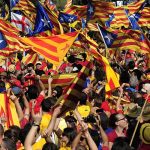
Mexican Independence Day
History
After several decades of rule by the powerful Bourbon Dynasty, which had been in power in Mexico since 1700, the Mexican people were ripe for rebellion. Father Miguel Hidalgo was a Jesuit priest who was also a priest-farmer, owner of a hacienda.
The Bourbon government came down hard on Father Miguel and the entire Hidalgo family by imposing high taxes on them. Hidalgo lost his home in the early 1800s through bankruptcy. In 1809, he lost his brother to madness because of the family’s dire situation.
Hidalgo wanted to avenge what was happening in his country. “He wanted to destroy the old order, to cure its social and ethnic injustices, to avenge the old grievances of the creoles, and to avenge Manuel, the brother who had died.”
The event which aided Hidalgo in his quest for avenging the Spaniards was the invasion of Spain in 1808. France, under the leadership of Napoleon Bonaparte, chose to wage war with Spain for a takeover.
There were some places in Spain which called Ferdinand VII (the Spanish heir of Charles IV) their new ruler; some places in Spain named Joseph Bonaparte (Napoleon’s brother) as their new ruler. As word traveled across the ocean, there was much confusion in Mexico (New Spain).
Hidalgo took advantage of this confusion and prepared for an uprising to begin on December 8, 1810. However, spies of the government learned of the plans and reported to those in power. Arrests were to be made.
Hidalgo, learning of the arrests, called his army of fighting men to action. Around 11 pm on the night of September 15, 1810, Hidalgo rang the bells in the small town of Dolores Hidalgo. People ran to hear the El Grito de la Independencia (Cry of Independence).
This was the beginning of Mexico’s war of independence from Spain. Hidalgo fought for a short period before he was taken prisoner in March of 1811. He was executed on July 30, 1811.
José María Morelos y Pavón, a humble mestizo, took over the leadership of the revolutionary army. His fight for Mexico’s independence continued until he was captured in 1815 and executed. Two men arose as leaders, Guadalupe Victoria (aka Manuel Félix Fernández) and Vicente Guerrero.
As the war dragged on, many people in the country were losing interest and becoming apathetic. There was to be one last push by the government’s army with Agustín de Iturbide as the leader. During prior years, Iturbide had fought and killed many warring rebels. However, in this last push, he chose to reach out to all peoples throughout the land of Mexico.
An agreement, the Plan de Iguala, was conceived in the small town called Iguala and signed by Iturbide and Vicente Guerrero. The plan “would guarantee three fundamental principles: the unity of all ethnic and social groups, the exclusive rights of Roman Catholicism, and absolute independence from Spain.” Ties were not to be broken with Spain; they were instead to be loosened.
Mexico was now an independent nation—a nation of peoples who fought for their freedoms from an oppressive government.
Conclusion
Mexico has been through many transformations as a nation. From the struggles of being a captured nation by the Spanish to the struggles of gaining their freedom, Mexican history shows how a government that tries to control its population through overregulation and oppression will be rebelled against and defeated. Hundreds of thousands of lives were lost in this war-torn country; many fought for the freedoms which are a given right to all when born. Nations around the world should learn from the past to avoid the same outcomes and learn to live peacefully without trying to control others.
When is Mexican Independence Day?
This holiday is not a floating holiday and always falls on September 16 of every year.








